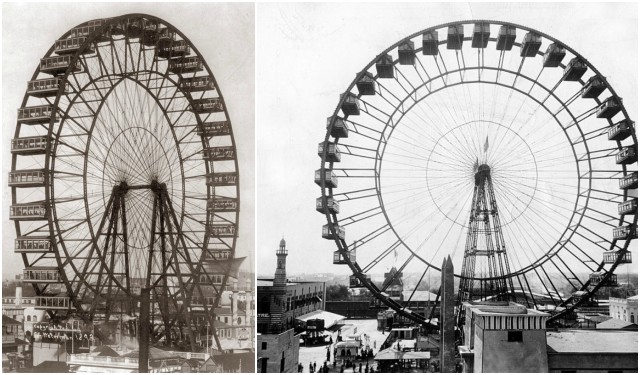The World’s Columbian Exposition, held in Chicago, was the most popular event in the United States in 1893. The celebration marked the 400th anniversary of Christopher Columbus’ first arrival to America. One of the central events at this exposition was the introduction of the first Ferris Wheel.
A variety of the products made their debut at the Chicago World’s Fair. In order to retain their reputation and their status, Daniel Burnham, the exposition’s chief architect, asked the American engineers to invent something extraordinary: a unique feature that would outclass the Eiffel Tower, which had been presented at the Exposition Universelle in Paris in 1889.
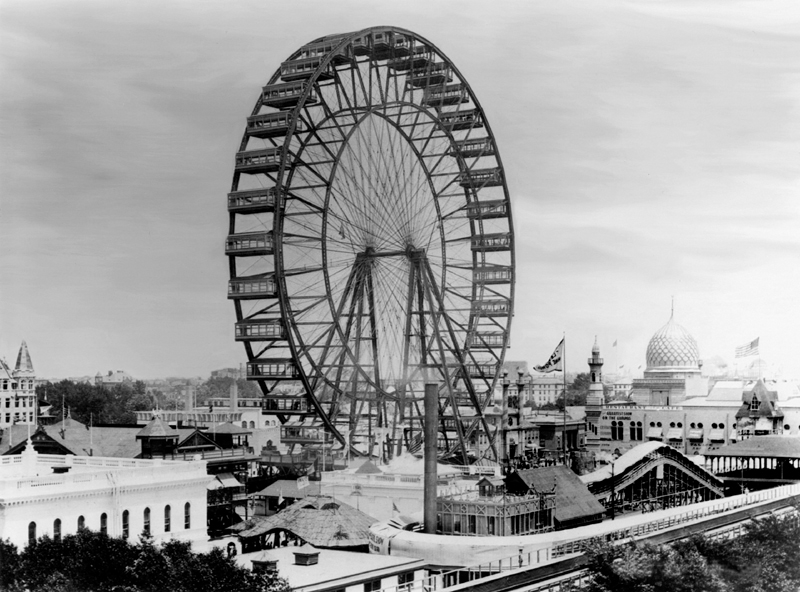
It was George Washington Gale Ferris, a thirty-two-year-old engineer, who presented the idea of building a great wheel to carry up to 2,000 passengers at a time to a zenith taller than the Statue of Liberty. Such a height would offer splendid views of the area and the surrounding fairground.
No changes were made to the original sketch which George draw while having dinner with some friends in a restaurant. Many were skeptical and did not believe that such an enormous wheel would be able to revolve.
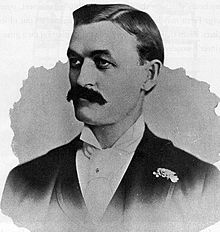
Building the wheel proved to be exceptionally difficult. Financing the project was a challenge, since the country was in the midst of an economic depression in 1892. Ferris spent nearly $25,000 of his own money on safety studies. Other engineers laughed at this idea and mocked the inventor by calling him “The Man with Wheels in his Head.”
George Ferris was determined to succeed. After many studies, he finally convinced the Columbian Exposition’s Ways and Means Committee to allow him to begin construction of the wheel.
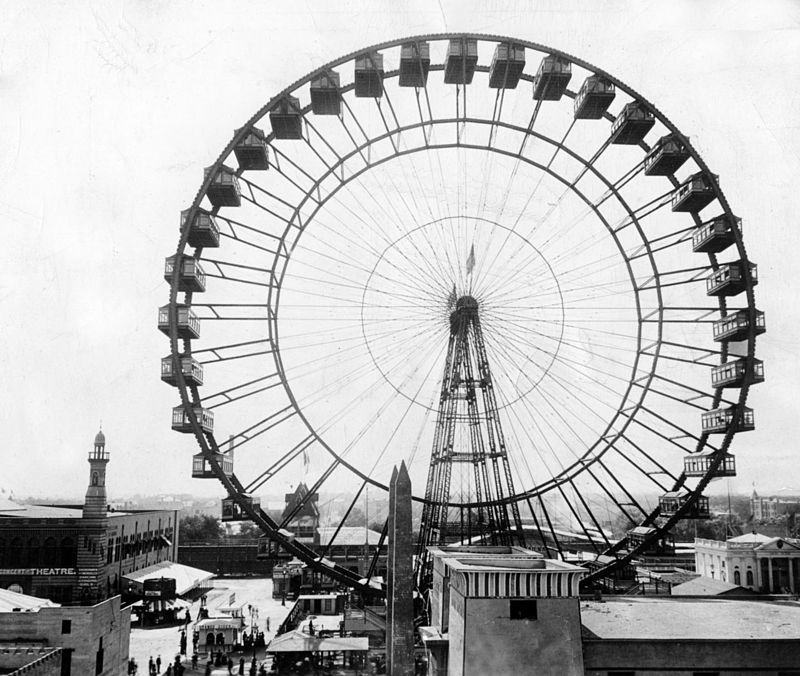
The winter had just begun and the work progressed slowly. The 100,000 parts, which had to be produced with great precision, were not made at a single location. Several machine shops constructed individual component sets in order to speed the building of the wheel. The axle of the wheel was made by the Bethlehem Iron Company which transported it to Chicago in March 1893. The axle was supposed to rest on the 140-foot twin towers. Each of the 36 cars hung on the wheel could carry up to 60 people.
The construction took place outside the fairgrounds. Visitors gathered around it not knowing what it was. They could only guess. After the crew completed the construction, George Ferris’ wife Margaret and Daniel Burnham took the first trial trip.
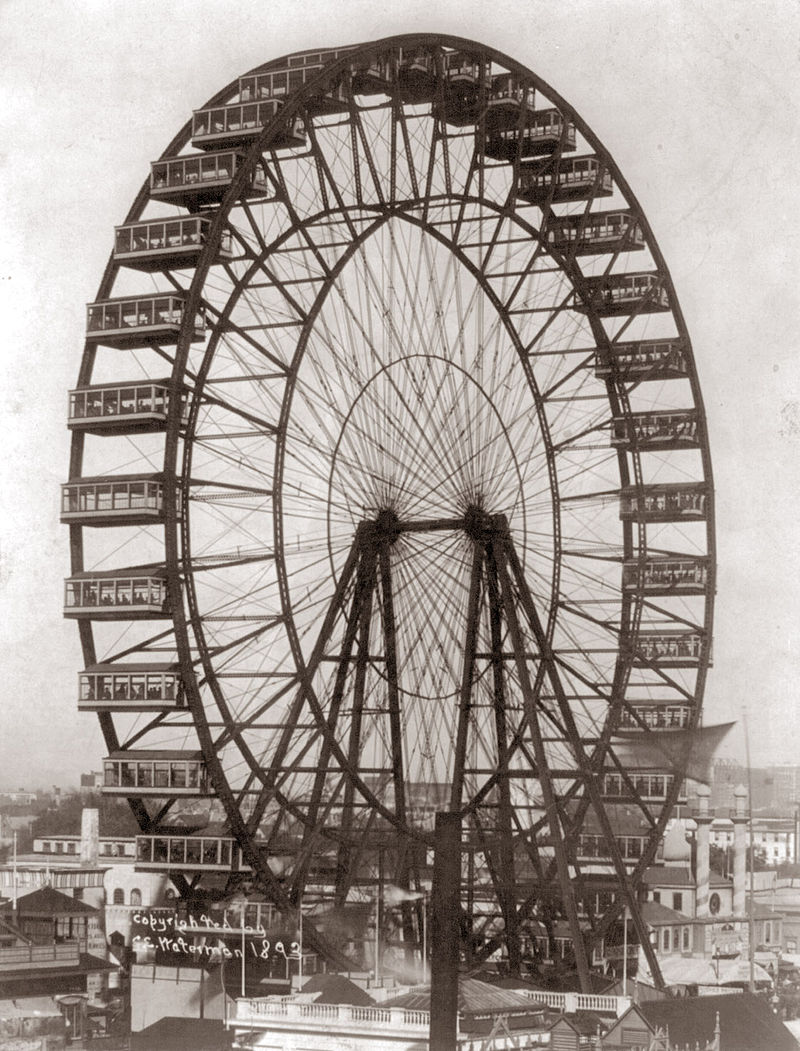
On the 21st of June, the wheel was open for visitors who would pay 50 cents for one nine-minute ride. The surrounding states of Michigan, Indiana, and Wisconsin could be seen from the top of the wheel. It became the greatest attraction at the fair.
The Ferris Wheel made a total of $726,805.50 during the Exposition and saved the fair from financial ruin.
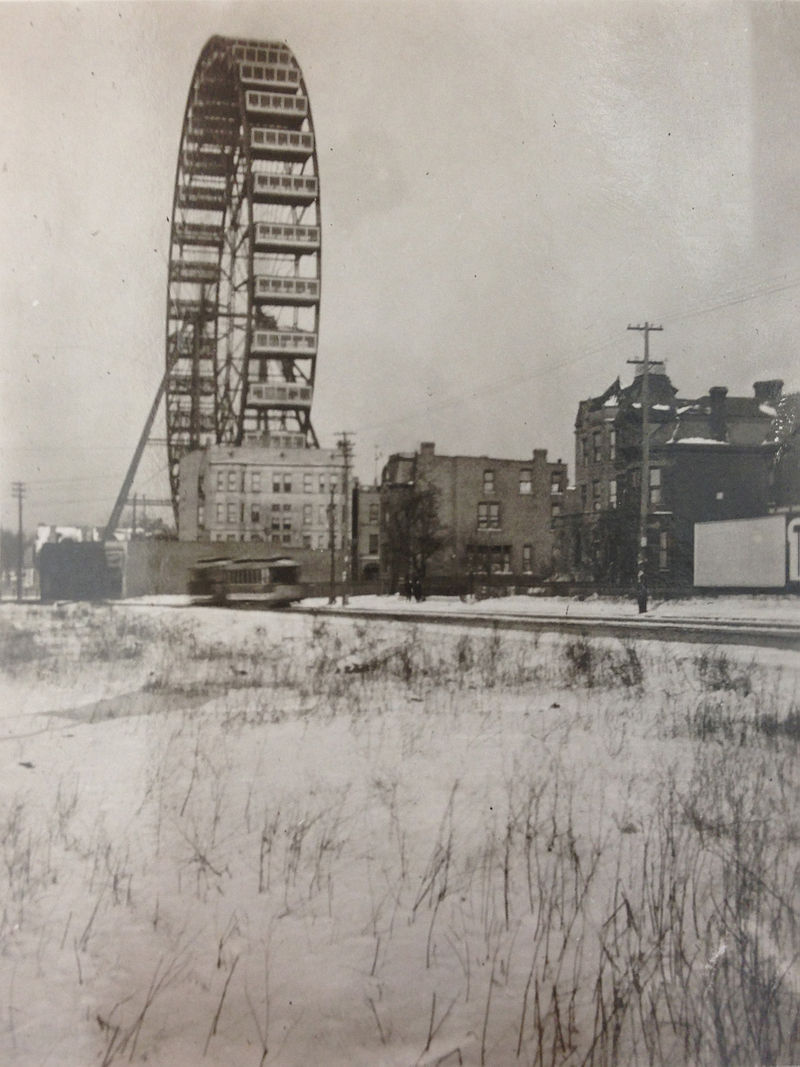
When the Exposition ended, it took almost three months and $14,833 to dismantle the Ferris Wheel.
The new location which was chosen for the wheel was next to Lincoln Park. When George Ferris died, the wheel was sold to Louisiana Purchase Exposition and shortly after, it fell into disrepair and was eventually slated for demolition.
